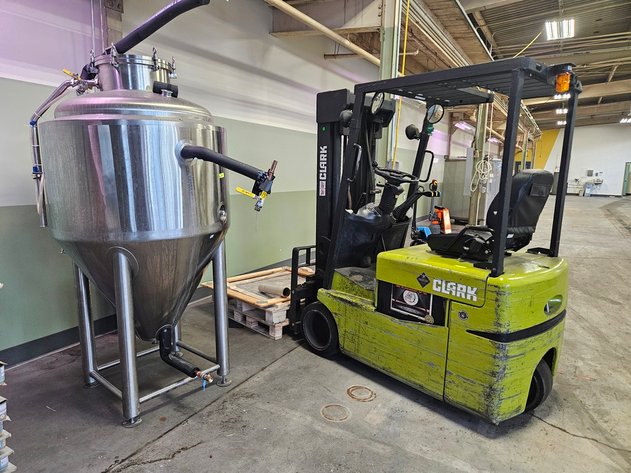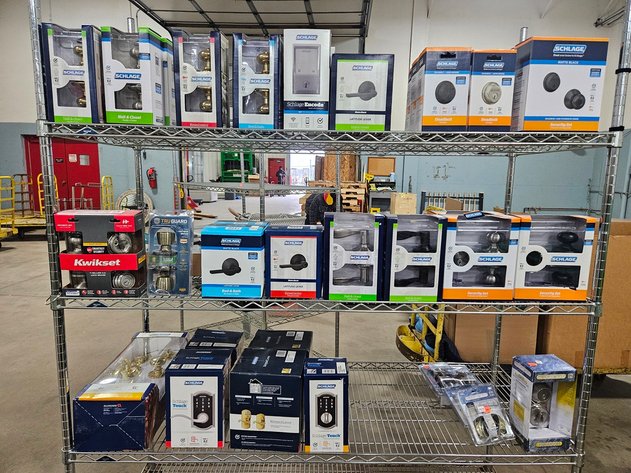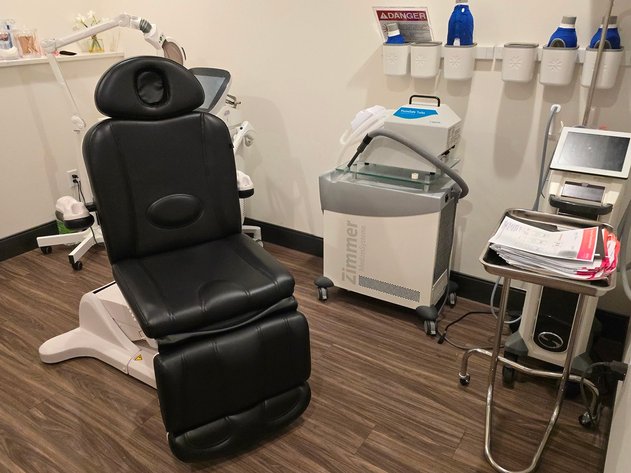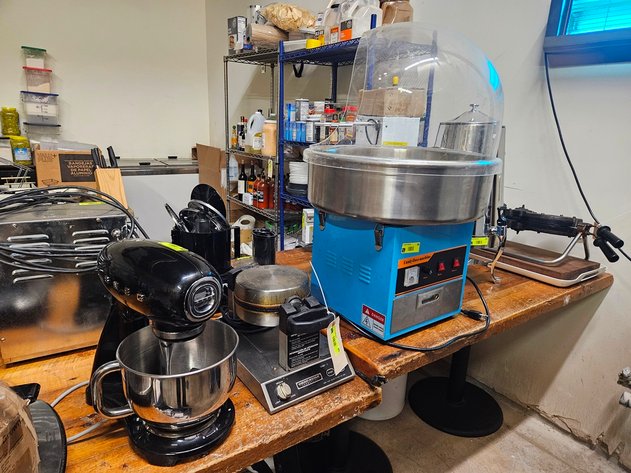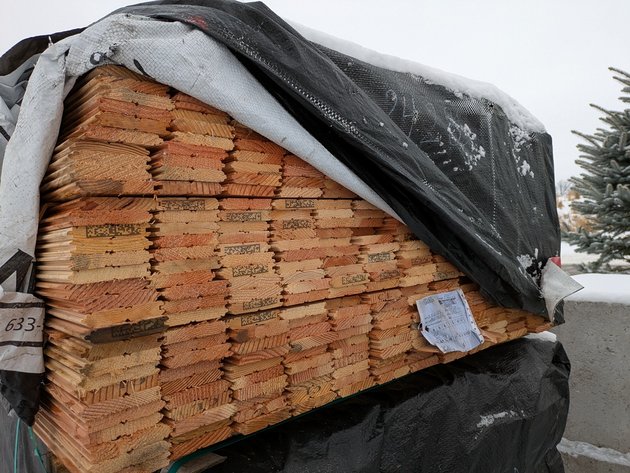Tips for Liquidating Assembly Equipment Without Losing Value
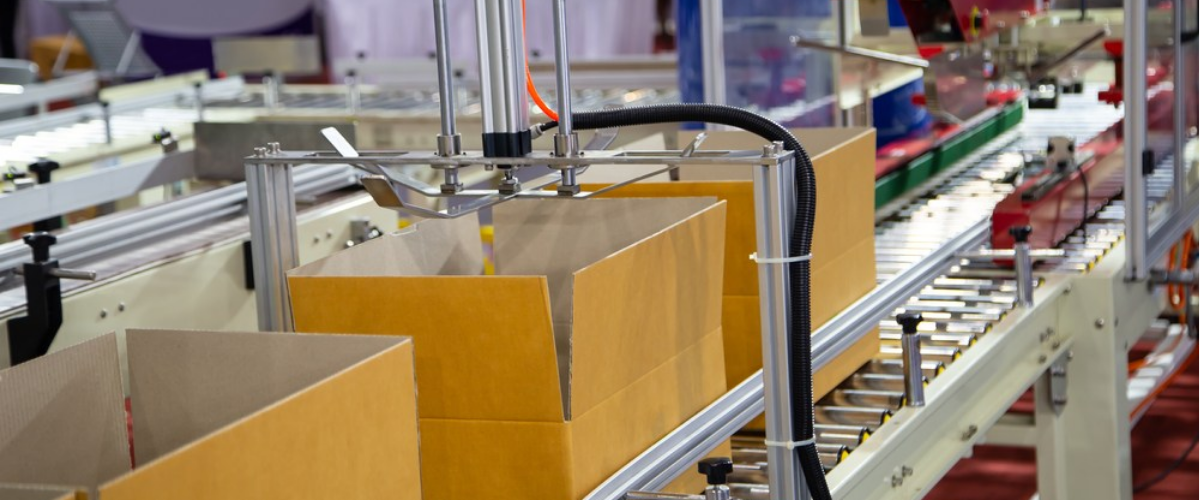
Running a busy workshop naturally means collecting equipment over the years—assembly stations, conveyors, presses, specialty tools, and even smaller auxiliary machines. Some are in constant use, while others end up sitting idle after upgrades or process changes. And while it’s tempting to let those machines linger “just in case,” the truth is they’re tying up capital, eating valuable floor space, adding to insurance and maintenance costs, and even slowing down workflow.
What many owners miss is that unused equipment is actually an opportunity. Instead of letting it drain resources, you can turn it into working capital. The smartest way? Auctioning your assembly equipment. Done right, it frees up space, strengthens cash flow, and often delivers higher returns than private sales—all with a transparent process that’s less hassle and more upside.
Why Auctions Outperform Private Sales
Selling assembly equipment through private deals can be a grind—long timelines, unpredictable buyers, and offers that rarely match the true value of specialized machinery. Too often, interested parties don’t fully understand the worth of industrial tools.
Auctions flip that script by putting your equipment in front of motivated, knowledgeable buyers. Competitive bidding drives prices up, and platforms like Auction Masters connect you with qualified bidders who are actively seeking machines like yours. The result? Faster sales, fair market pricing, and less uncertainty.
Preparing Your Equipment for Sale
A little prep work pays off big at auction. Buyers want to see gear that looks reliable and ready to use:
- Clean and inspect: A simple wipe-down, basic maintenance, or quick tune-up shows care and boosts confidence.
- Document everything: Brand, model, year, service history—be transparent. The more detail you share, the more comfortable buyers feel bidding higher.
- Showcase with visuals: Capture multiple angles, operational footage, and close-ups of critical parts. Photos and videos tell a story that words can’t.
- Group logically: Bundle related items (conveyors, stations, presses) so buyers see value in lots, not just single pieces. Bulk appeal = stronger bids.
Choosing the Right Auction Partner
The platform you pick has a direct impact on results. General marketplaces may deliver eyeballs, but specialized auctions deliver buyers who actually know what they’re looking at.
- Industry-focused auctions: Attract serious buyers for assembly equipment.
- Online and hybrid options: Extend reach nationally while giving bidders flexibility.
- Professional guidance: Partners like Auction Masters handle everything—listing, marketing, payments—so you stay focused on running your shop, not chasing deals.
Timing and Marketing Strategy
When you sell can be just as important as what you sell. Plan your auctions when workshops and manufacturers are expanding capacity—before new production cycles or at fiscal year-end when budgets are being used. And don’t underestimate promotion:
- Spread the word through industry forums, newsletters, and social media.
- Put a spotlight on high-demand or unique machines to draw early attention.
- Offer virtual inspections or detailed reports—buyers move quickly when they trust the information.
Why Auctions Boost Efficiency and Cash Flow
Unused equipment isn’t neutral—it costs money in storage, upkeep, and insurance. Auctions flip those costs into liquidity, giving you cash that can be reinvested in new tech, facility improvements, or simply to strengthen the balance sheet. Platforms like Auction Masters streamline every step—marketing, bidding, logistics, payment—so you see returns without getting buried in admin work.

